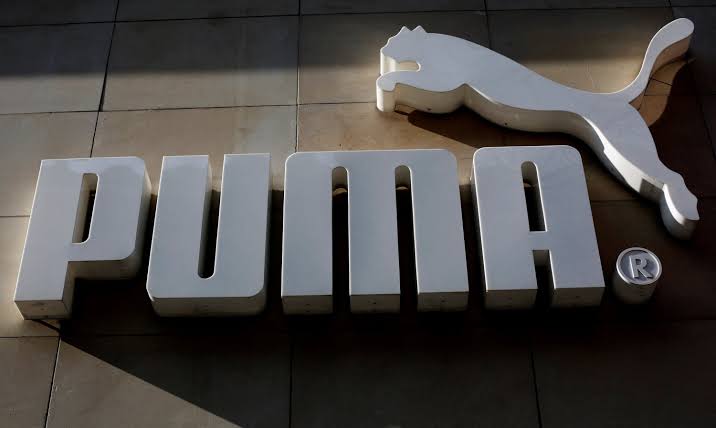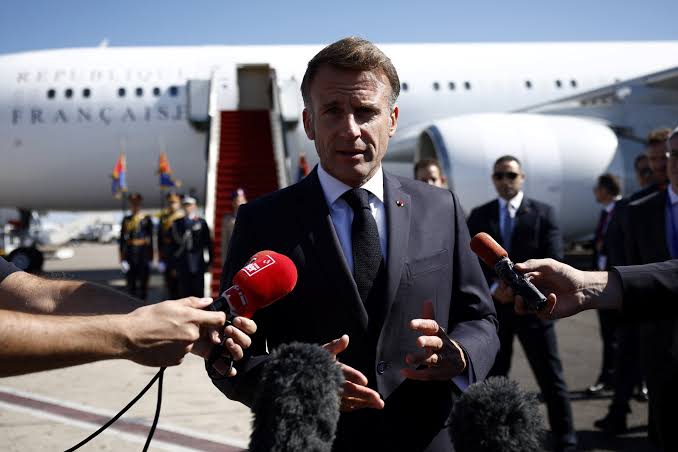IMF Sees Mixed Global Inflation Picture Amid Rising Tariffs
The International Monetary Fund (IMF) warned has warned that global inflation is showing divergent trends as many firms absorb higher tariffs while demand cools in major exporting nations.
In remarks by spokesperson Julie Kozack, the IMF said U.S. companies and others have largely internalized tariff costs, limiting pass-through pressure, whereas countries dependent on exports like China are seeing softer demand.
Though global growth held up through the first half of 2025, emerging signs of slowdown have started to surface, particularly in export-oriented economies.
Kozack said that inflation dynamics are now splitting along regional lines: core inflation is climbing in the U.S., while headline inflation is accelerating in places such as the UK, India, and Australia.
Meanwhile, many Asian economies are observing subdued inflation amid weak external demand.
The IMF also offered policy cautions, noting that tariff absorption by companies may be a short-term buffer rather than a durable defense against inflationary pressures.
As the global outlook becomes less certain, the IMF’s upcoming World Economic Outlook (due October 14) and the Article IV review of U.S. economic policy (in November) will be closely watched.
Kozack affirmed that the IMF sees the U.S. Fed’s recent September rate cut as justified in light of labor market softening, but also flagged continuing inflation risks.
She emphasized that the effect of the ongoing U.S. government shutdown will depend on how long it extends and how wide its impact becomes.
This mixed-inflation picture adds to the policy dilemmas confronting central banks globally: balancing support for growth with vigilance on price pressures.
As tariffs and geopolitical tensions remain in flux, the IMF’s views may add to market uncertainty about the direction of interest rates and global demand.
Source: Reuters.
news via inbox
Get the latest updates delivered straight to your inbox. Subscribe now!




